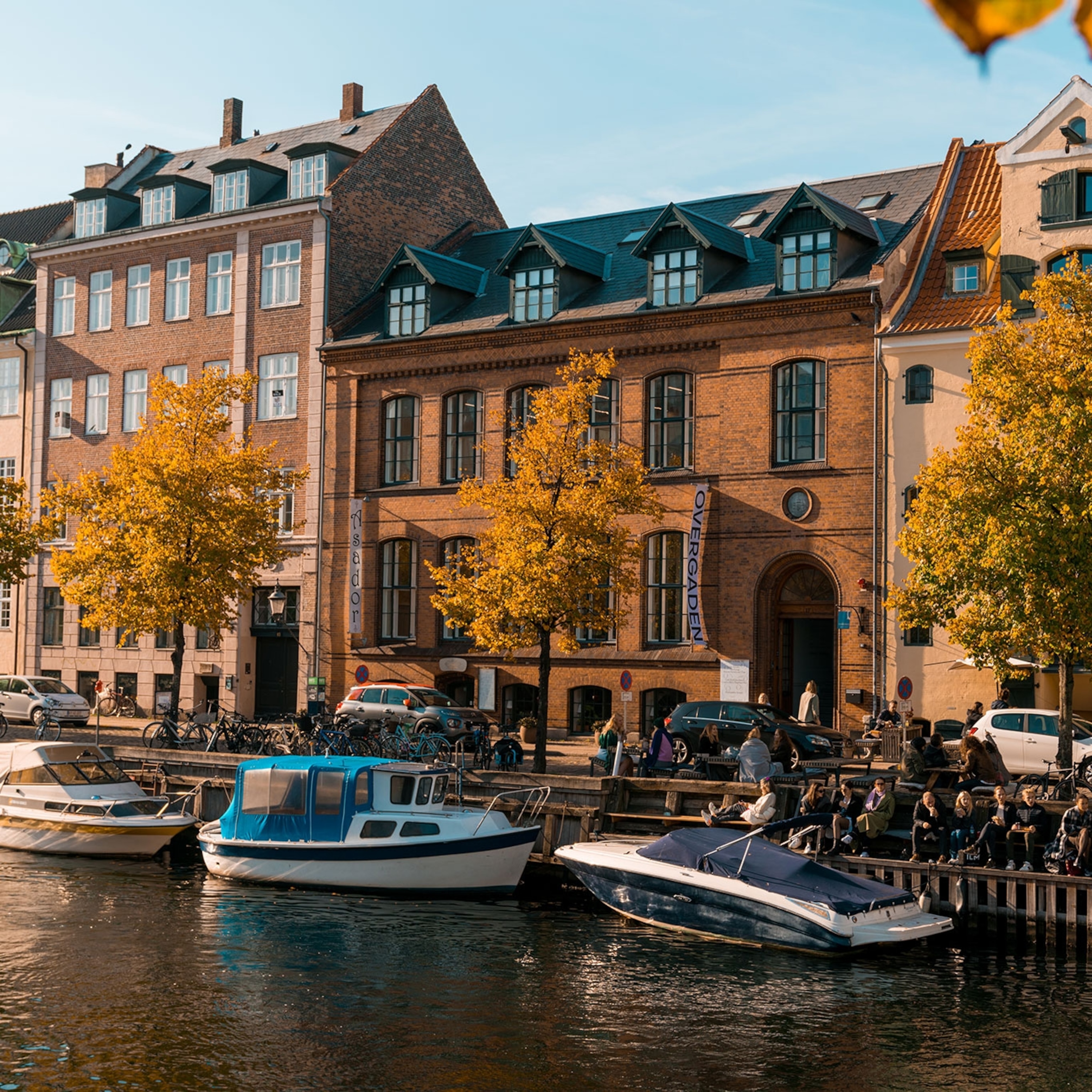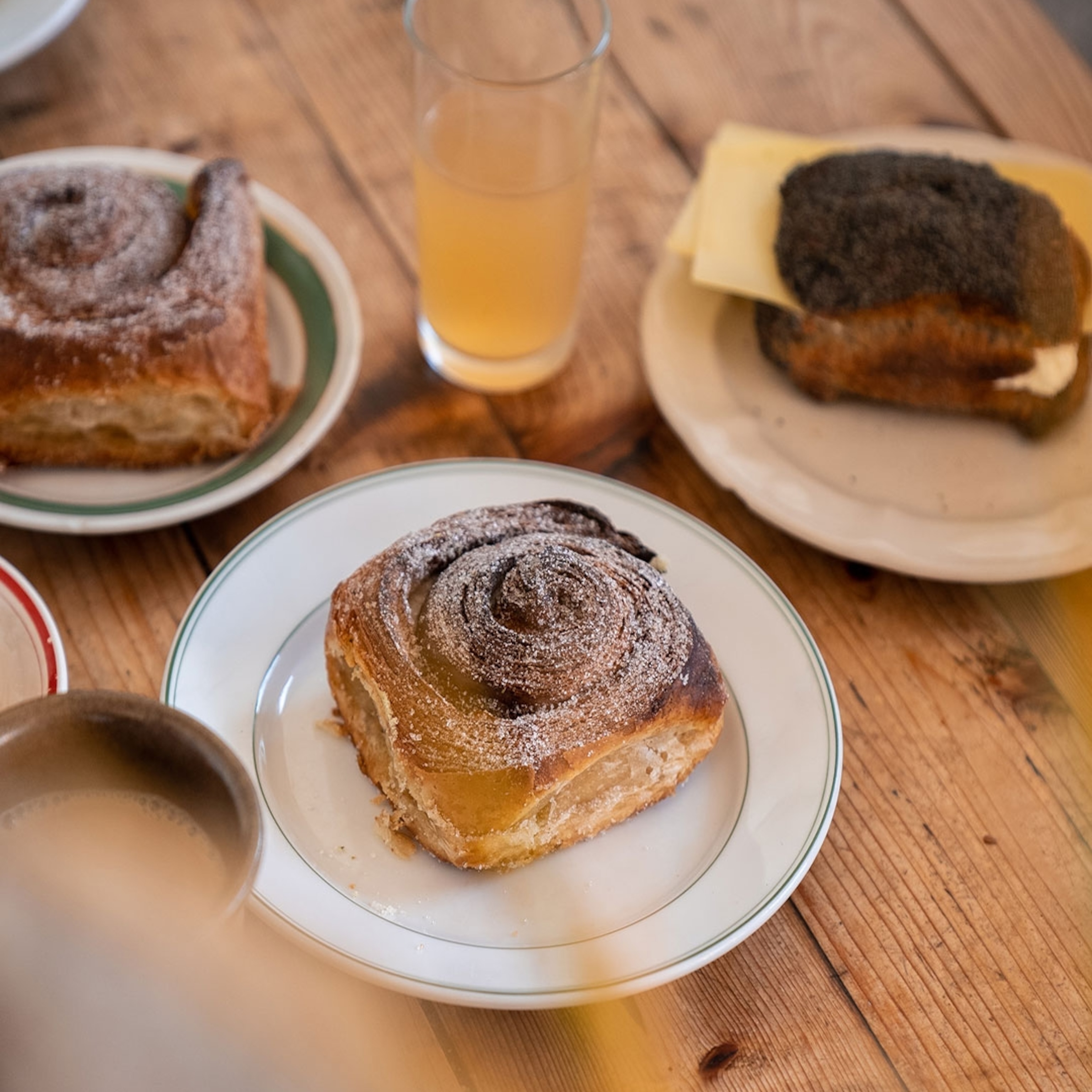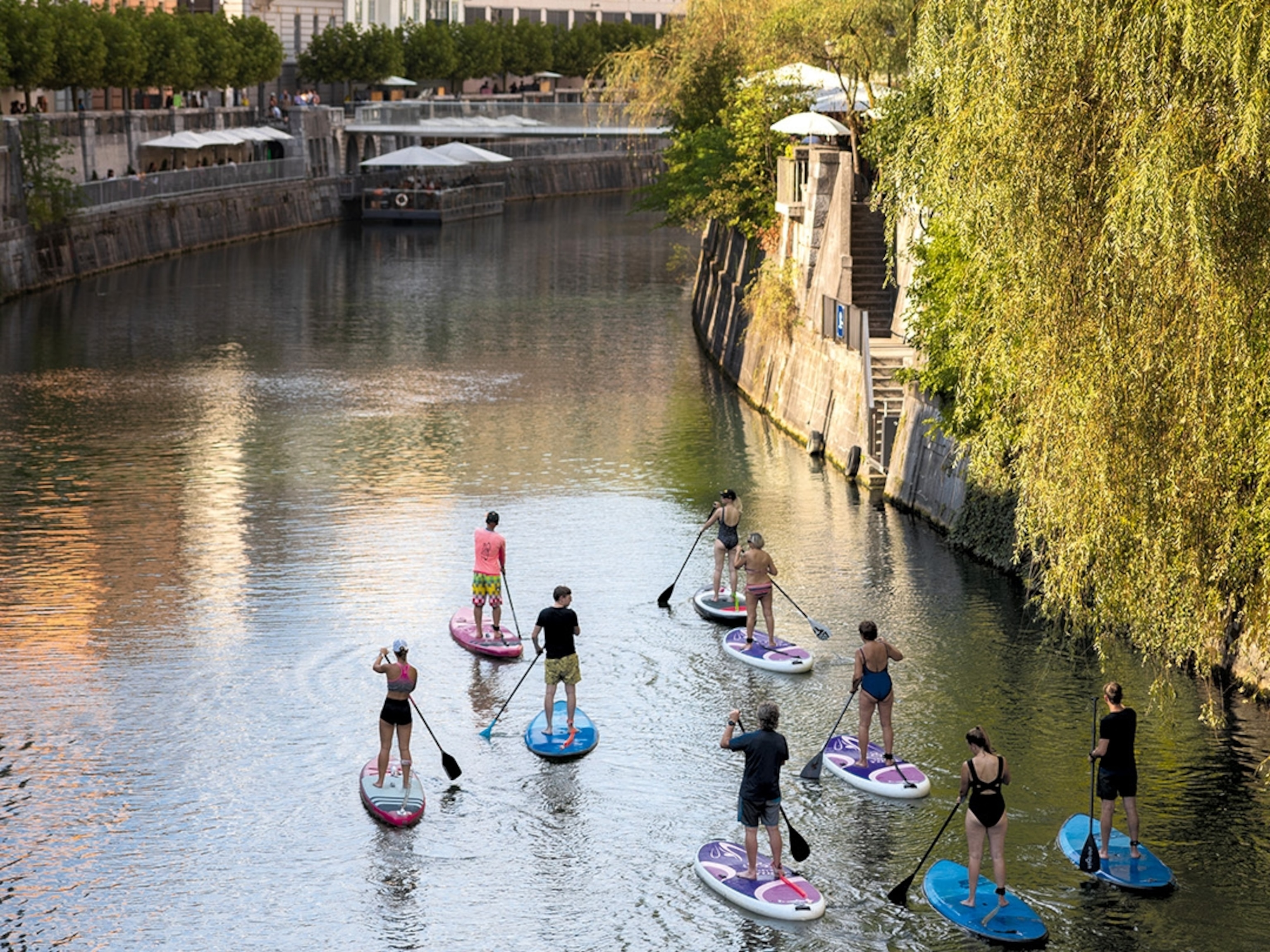
A culinary guide to Copenhagen
The Danish capital is the driving force behind New Nordic cuisine, but look beyond its fine-dining and you’ll find smart bistros, street food markets and world-class bakeries.
It certainly wasn’t always this way, but the city of Copenhagen has had serious foodie credentials for the best part of a decade. It’s the epicentre of New Nordic cuisine, the culinary movement that champions hyper-local, seasonal ingredients and elevates foraging and fermentation to an art form.
Of course, it was René Redzepi’s restaurant, Noma, that kick-started the whole thing, putting the Danish capital on the culinary map with its rave reviews and Michelin stars. But now many of Redzepi’s best chefs are striking out on their own, launching imaginative pizzerias and colourful taquerias, innovative farm-to-table projects and ambitious ‘no-waste’ restaurants.
Copenhagen is these days a city preoccupied with food and drink. Locals have strong opinions about who bakes the best sourdough, and it’s not uncommon to see lines snaking down the street as people queue up for pastries or craft beer. Even the municipality has gone gourmet: there are honey bees on the roof of one town hall and a gin distillery in the basement of another.
It’s not just Danish foodies making waves; the city attracts chefs and artisans from around the world. Richard Hart, the British former head baker at San Francisco’s famous Tartine, opened his own bakery in Copenhagen last year, while New York restaurant Mission Chinese Food launched its first overseas outpost here in January, bringing its tantalising twist on Sichuan dishes to Copenhagen, in partnership with local brewer Mikkeller.
Clearly, the city has embraced global cuisine — savvy diners can find everything from Surinamese peanut soup to Ethiopian injera, Vietnamese bánh mì to Cantonese dim sum. Many of the best international restaurants got their start at street-food markets such as Reffen and, despite upgrading to bricks and mortar, their quality tends to stay high and their prices low. All of which has forced purveyors of traditional Danish cuisine to up their game: you can now find organic hotdogs sold on street corners, along with free-range roast-pork sandwiches slathered in homemade sauces and endless varieties of smørrebrød — Denmark’s classic open-faced sandwich.
The hottest ticket in town, however, remains Noma. In 2018, it reopened in a new location — a former naval ammunition bunker — with a menu that René Redzepi and his team reinvent three times a year to match the ingredients available; seafood in winter and spring, vegetables in summer and early autumn, game in late autumn. And this year it won back its two Michelin stars. Like Copenhagen itself, Noma proves how dining can be inventive, influential and delicious
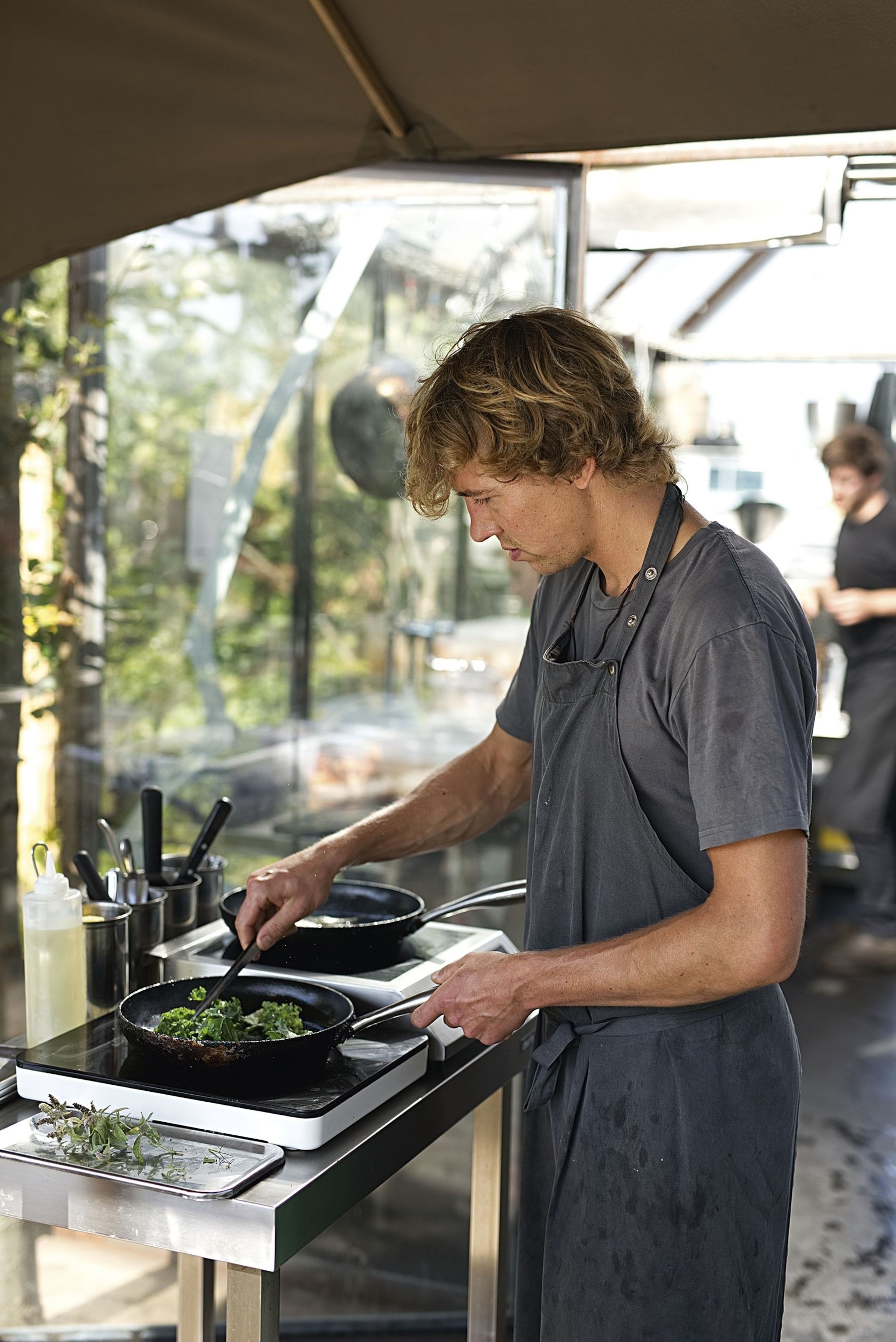
A day in Refshaleøen
At first glance, nothing about Refshaleøen suggests a buzzing food neighbourhood. Set on the northeastern edge of the harbour, it’s home to dozens of industrial buildings, many of which belonged to an old shipyard and now house various creative enterprises, from theatres to the world’s only manned amateur space programme.
But food is the real attraction here. Start with breakfast at La Banchina, a waterside café just off the main road, serving single-origin coffee and the city’s best cinnamon rolls (a Scandi speciality). It also has its own sauna and jetty: if you’re feeling brave, take a dip before heading out to explore. The Copenhagen Contemporary art gallery moved from its digs in the city centre last year and now occupies a cavernous former welding hall. It specialises in large-scale works such as an immersive installation of trees that visitors are encouraged to walk around and climb. For lunch, try Reffen, an open-air street-food market. Like the gallery, it relocated from the city centre in 2018, and it’s home to more than 50 food trucks and bars serving everything from South Indian dosas to Hawaiian shaved ice.
After lunch, wander to the west side of the island for spectacular views of the harbour. Look out for the Urban Rigger student accommodation project: a floating ‘village’ of old shipping containers with its own kayak dock, bathing platform and barbecue area. Also worth a visit is the B&W flea market, which does a great line in mid-century modern furniture. It takes place every other weekend, opposite the Copenhagen Contemporary.
Start the evening with a craft beer at brewpub Broaden & Build, which opened in January 2019. The brainchild of former Noma chef Matt Orlando, it draws inspiration from local ingredients for brews such as Inoculate, a sour beer made with salted rhubarb and raspberries. Grab a bite to eat here — the highlight of its casual menu is buttermilk-fried chicken — or head to its fine-dining sister Amass for an ever-changing, zero-waste menu featuring dishes such as chocolate pudding made using spent beer grain.
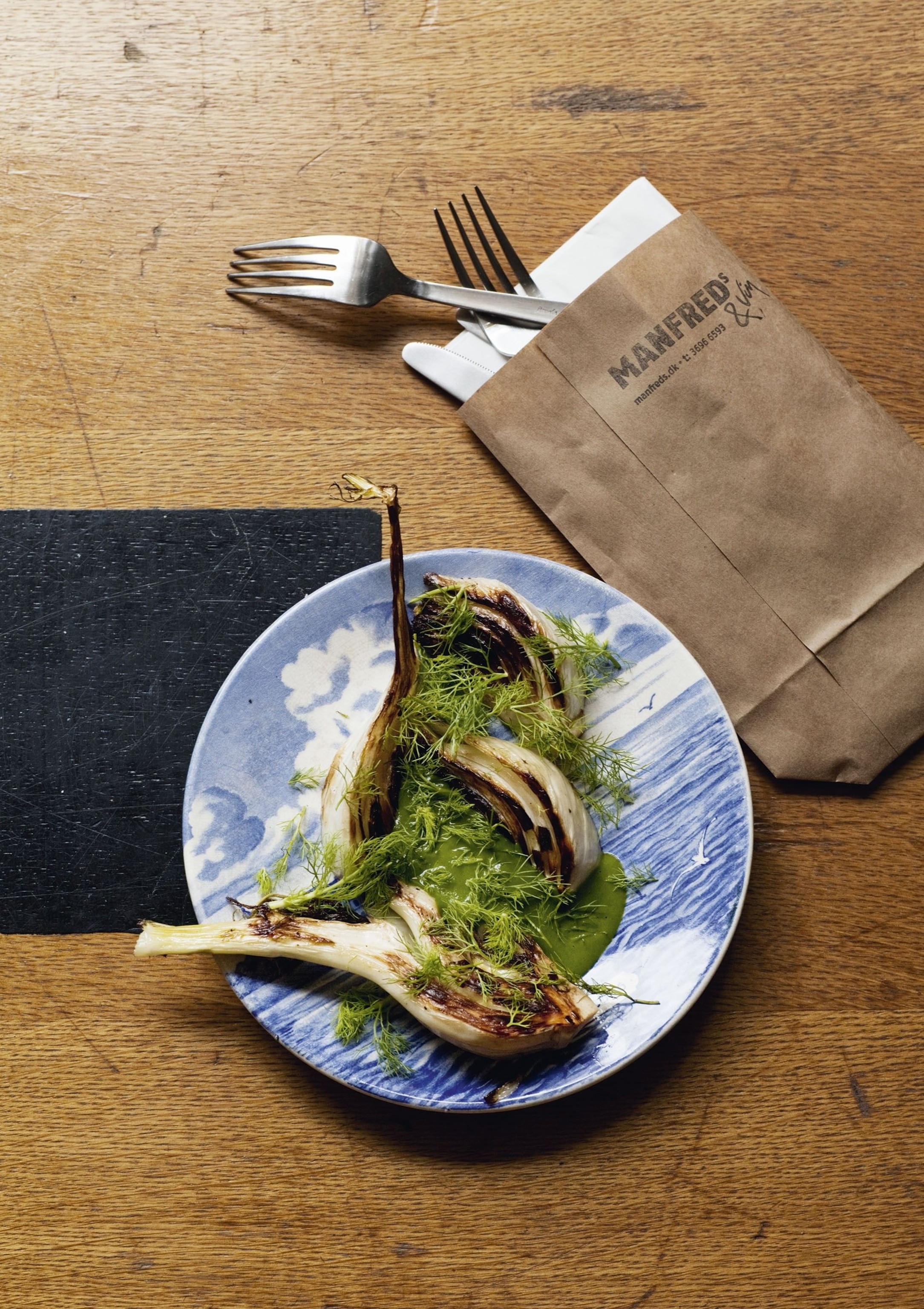
A day in Nørrebro
Northwest of the city centre, Nørrebro is Copenhagen’s most multicultural district. Popular with artists and bohemians, it has a vibrant street life and is full of independent shops as well as great restaurants.
Start the day at Sidecar, a diner whose breakfast menu includes homemade granola and raspberry chia porridge with fresh fruit. It also does a popular weekend brunch, which includes American pancakes with fresh blueberries and syrup. Walk it off in Assistens Kirkegård, a verdant cemetery where writer Hans Christian Andersen and philosopher Søren Kierkegaard are buried. You can easily spend an hour exploring this sprawling space.
Follow the tree-lined avenue through the centre of the cemetery and you’ll emerge at Jægersborggade. With its cobblestones and smart boutiques, it’s one of Copenhagen’s most picturesque streets. Spend the rest of the morning wandering here, making a pitstop at the Coffee Collective if you fancy a jolt of caffeine. For lunch, grab a seat at Manfreds — a ‘vegetable-forward’ restaurant that gets most of its products from the owner’s own farm, called Farm of Ideas. The casual menu is excellent, as is the all-natural wine list.
Copenhagen is a real cyclists’ city. After lunch, use the city’s Bycyklen app to find the nearest GPS-equipped electric bicycle, and ride north along the Green Route until you reach Superkilen, an unusual public park lying just off Nørrebro’s main drag. Snaking for about a kilometre, Superkilen is dotted with some 100 objects sourced from more than 50 countries, representing the nationalities of Nørrebro’s residents. These include benches from Cuba, bollards from Uganda and swings from Iraq.
As night falls, head south on Guldbergsgade and you’ll find a slew of places to drink and dine, including Bæst, one of the city’s best pizzerias. It sources its ingredients from Farm of Ideas and makes its own cheese and charcuterie; the nduja and smoked mozzarella pizza is a standout. End the evening with a nightcap at one of Nørrebro’s two new vermouth bars — Rudo or Paloma.
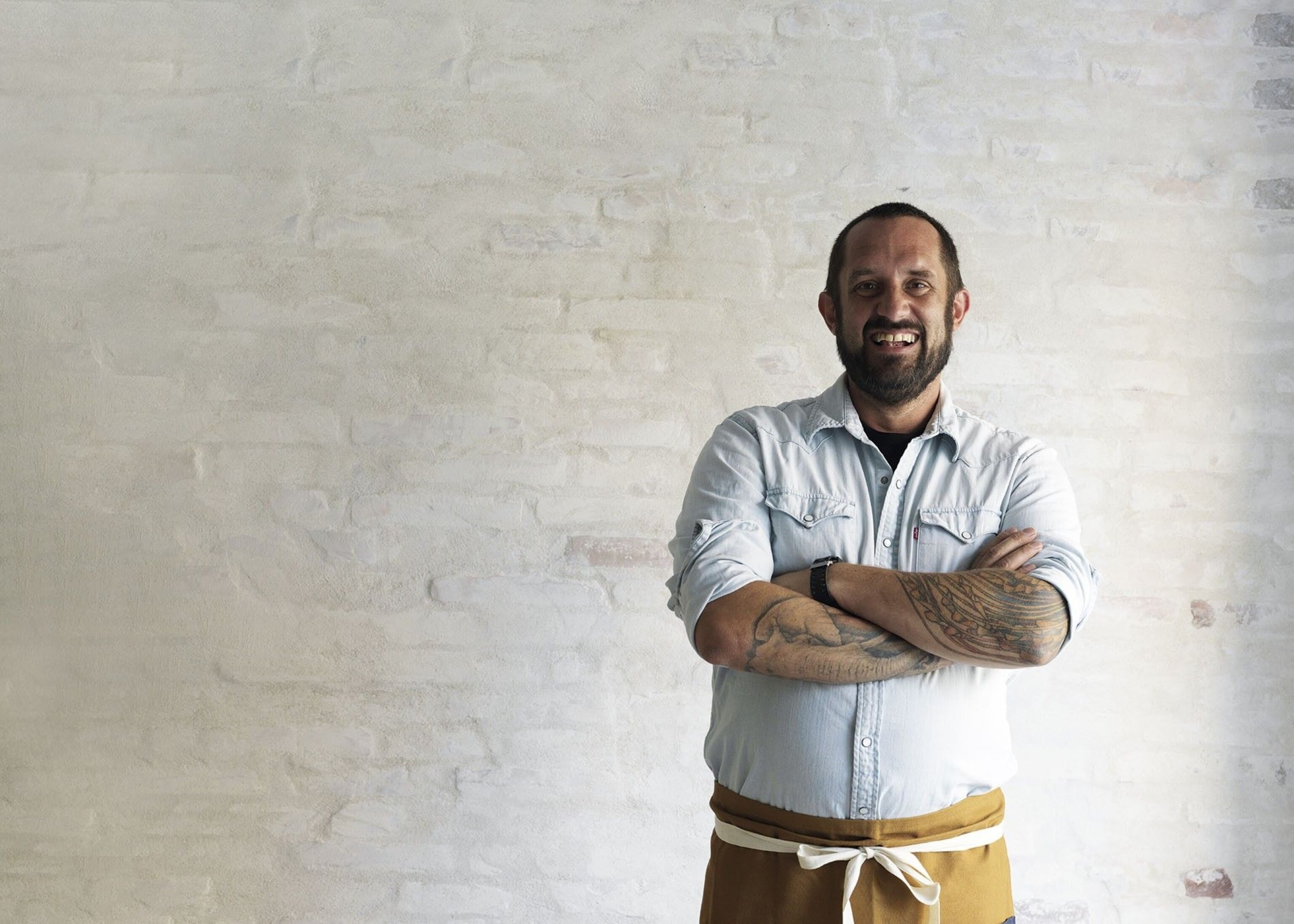
Spotlight: Bakeries
Copenhagen is one of the world’s greatest cities for bread and pastries, with several high-quality bakery chains and four outstanding craft establishments. Among the latter is Juno, which sits on a side street in Østerbro. When Swedish baker and Noma alumnus Emil Glaser opened it in 2017, word quickly got around; the queue was soon snaking round the corner as people flocked to get their hands on Juno’s cardamom buns. There were similar scenes when British baker Richard Hart opened his eponymous bakery in Frederiksberg in late 2018 — and with good reason. Hart Bageri’s sourdough bread is arguably the best in town, as are its double-baked almond croissants. In 2018, another former Noma chef, Milton Abel, founded Andersen & Maillard, an industrial-looking café in Nørrebro. It’s worth visiting for the croissants alone — the most popular are glazed with cinnamon sugar and espresso. Finally, there’s Lille Bakery, which opened in up-and-coming Refshaleøen in 2018. It draws large crowds thanks to its cream-filled doughnuts, English-style sausage rolls and exceptionally good sourdough.
Bars
Pompette
Natural wine is all the rage in Copenhagen, so head to this stripped-back bar in Nørrebro to see what all the fuss is about. Its unpretentious vibe draws a young, trendy crowd, with glasses starting at just 50 kroner (£5.70) — comparatively cheap in these parts. Discover the joys of wines made with naturally occurring yeast and little or no further intervention.
Rastløs
A clear liquor flavoured with caraway or dill, aquavit is Scandinavia’s most traditional spirit. This Nørrebro newcomer has a great selection on offer, from the Nordics and beyond. Try them neat or in one of Rastløs’s innovative aquavit-based cocktails such as the Dillicious, made with fermented dill and prosecco.
Barr
Located in an 18th-century warehouse in Christianshavn (and attached to an excellent restaurant of the same name) this cosy bar offers a superlative selection of beers on tap. The changing menu of independent brews includes everything from malty ales and hoppy IPAs to wine-like sour brews.
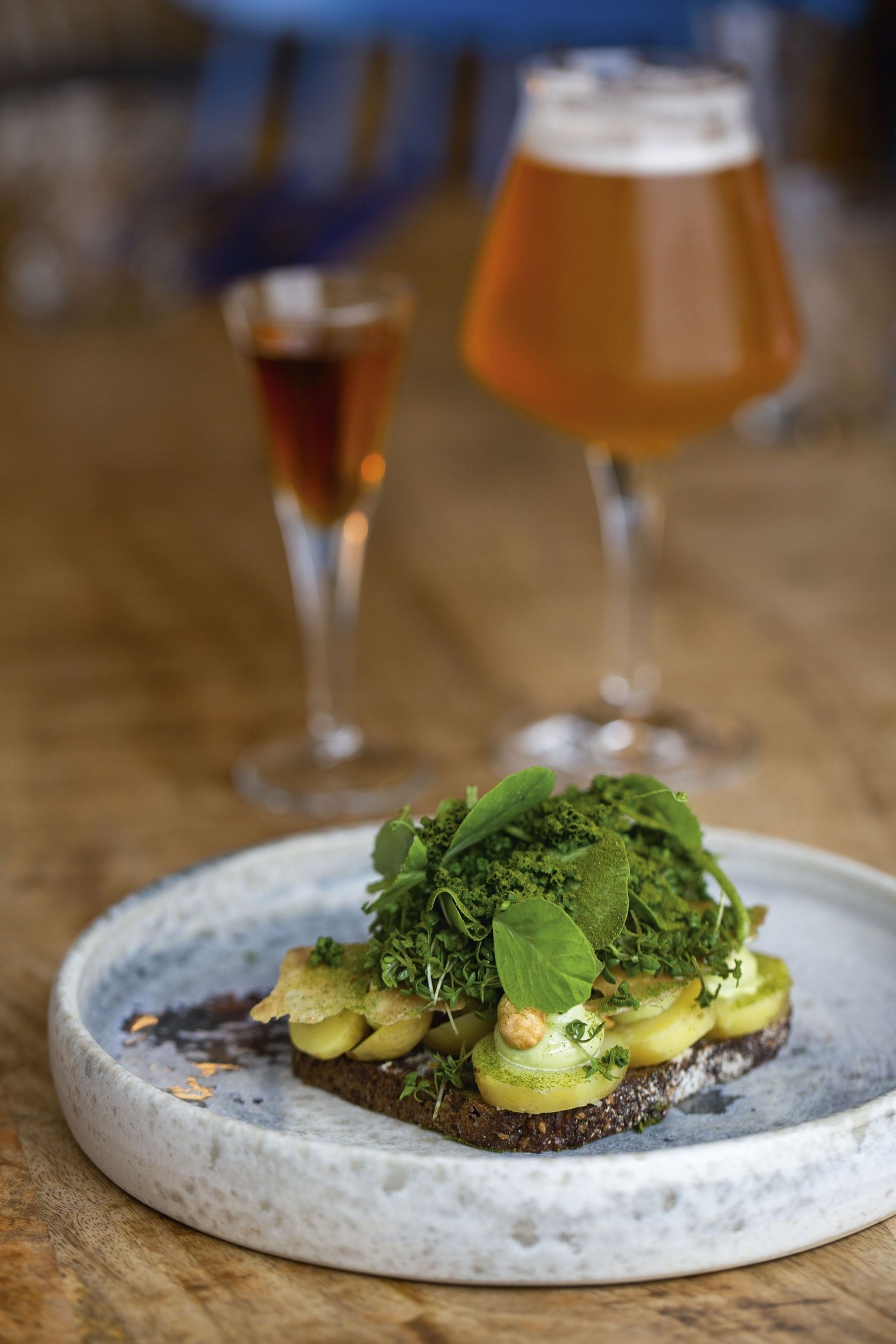
Traditional Danish
Guldkroen
Too few visitors to Copenhagen get to know Denmark’s traditional cuisine. Modelled on a classic Danish inn, Guldkroen is just the place to do so. The vibe is fun, the service relaxed and the cooking old-school. Highlights include fried pork with potatoes and parsley sauce, puff pastry with chicken and asparagus, and rødgrød med fløde — a dessert made with red berries and cream.
Johns Hotdog Deli
Hundreds of hotdog vans used to grace Copenhagen’s streets. While that number has decreased, there are still dozens. Keeping the flame going is John Michael Jensen, who has a van outside the main railway station plus a bricks-and-mortar joint in the Meatpacking District. He makes his dogs from scratch and offers condiments such as wasabi mustard, teriyaki glaze and Mikkeller beer mustard.
Selma
For the best smørrebrød head straight to Selma. Founded by Swedish chef Magnus Pettersson in 2017, it offers thrilling toppings such as blackcurrant herring with crème fraîche, pearl onion and buckwheat, and cod roe with bergamot, mustard seeds and horseradish. In January this year, Selma became the first smørrebrød joint to win a Michelin Bib Gourmand.
Seasonal cooking
Alouette
Opened just last year, this fine-dining spot already has a Michelin star. It sits within a former pencil factory in post-industrial Brygge, but inside it’s pure glamour. The seasonal menu has global influences, such as Danish squid with lemongrass beurre blanc.
Anarki
The imaginative cooking at this bijou bistro in fancy Frederiksberg incorporates the best of the season from Denmark and beyond. Dishes include rösti potatoes with lumpfish roe, and pasta with bakskuld (traditional smoked dab). It’s superb value, too.
Pony
Located in trendy Vesterbro, Pony is the little sibling of Michelin-starred Kadeau. Using ingredients sourced from the Baltic island of Bornholm, Pony’s open kitchen produces flavour-packed dishes such as confit pork with beetroot and pickled lingonberries.
ESSENTIALS
Getting there
SAS flies from Aberdeen, Birmingham, Edinburgh, Heathrow and Manchester; Ryanair from Stansted and Luton; British Airways from Heathrow; easyJet from Gatwick, Bristol, Edinburgh and Manchester; and Norwegian from Edinburgh and Gatwick.
Where to stay
Located in the Latin Quarter, Hotel SP34 offers an organic buffet breakfast and is bookended by two restaurants: a buzzing burger bar and the Nordic-influenced Vækst. Doubles from 1,190 kroner (£137), B&B.
How to do it
Expedia offers three nights at Hotel SP34 from £430pp, including easyJet flights.
Published in issue 4 of National Geographic Traveller Food
Follow us on social media
Twitter | Facebook | Instagram | Flipboard
